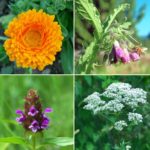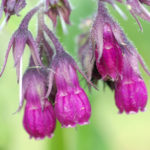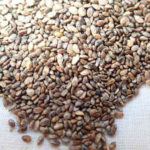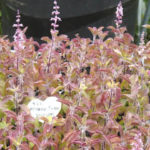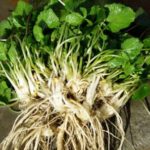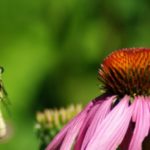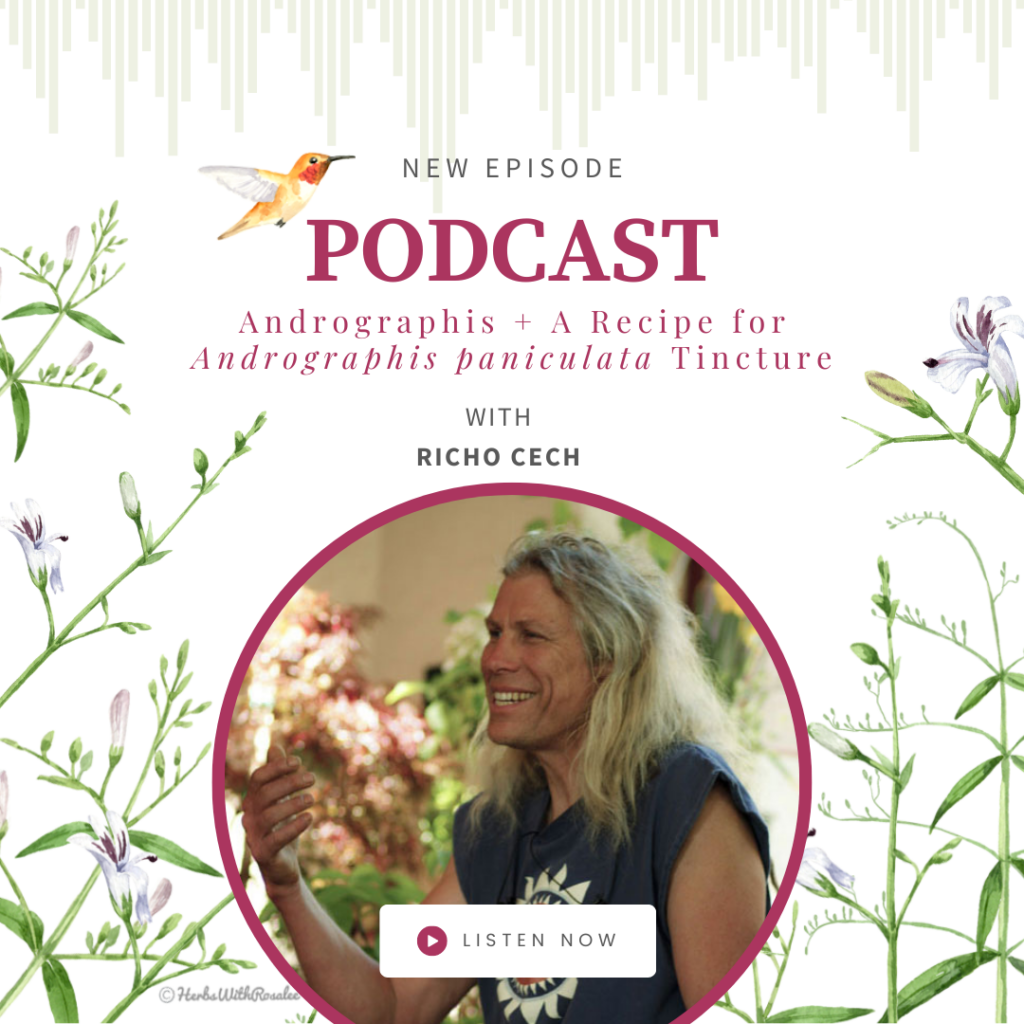The Survival Medicine Garden
Money doesn’t grow on trees but remedies do grow on plants, or in them, as it were. Over the years I’ve grown quite a few different medicinal plants from all over the globe. The diversity has been very interesting to study and has been a great diversion. However in a pinch when I need a medicinal plant to treat…

